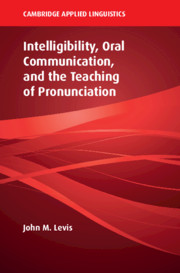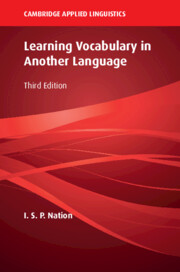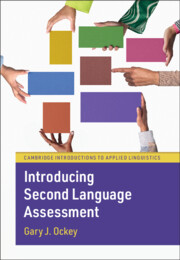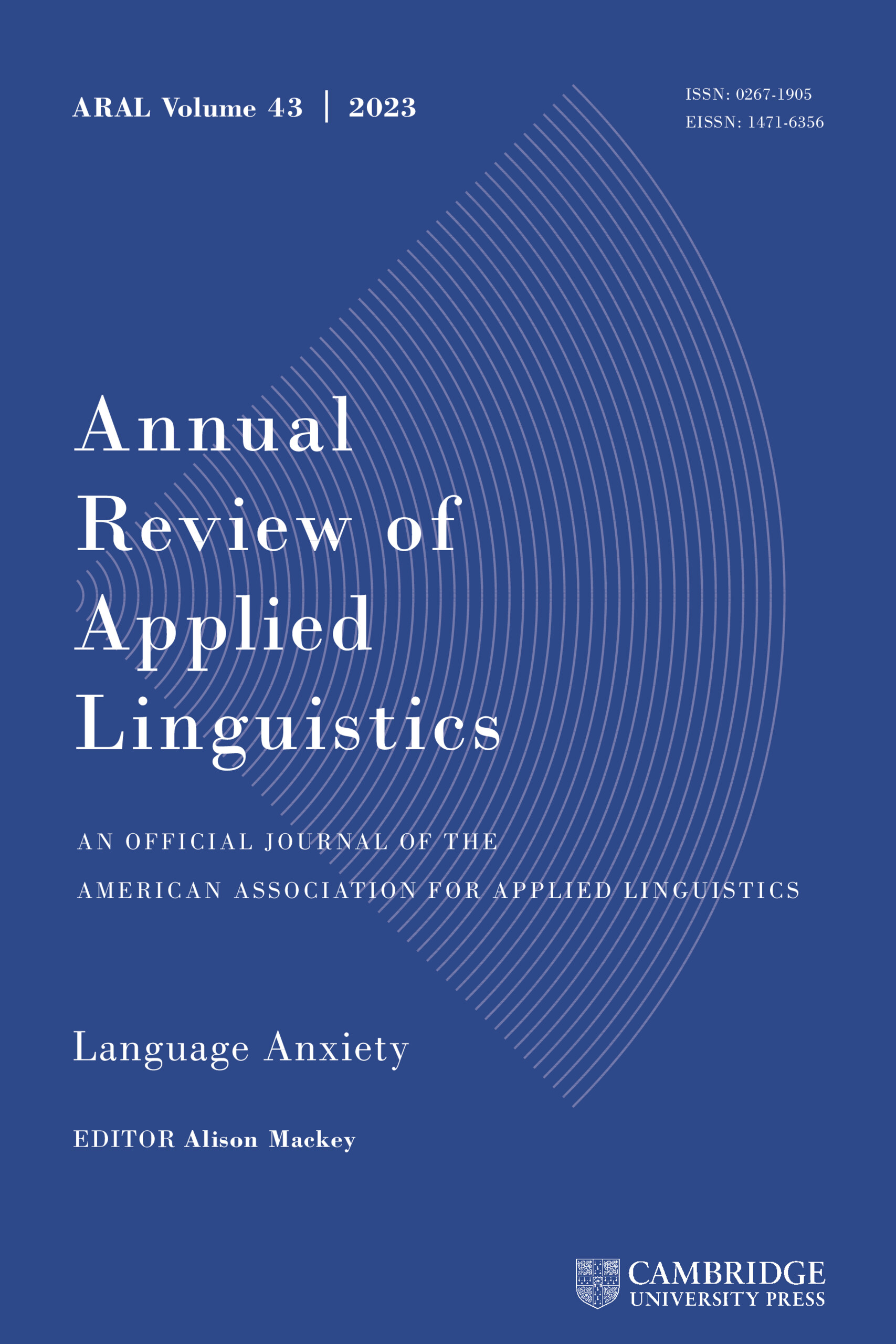Intelligibility, Oral Communication, and the Teaching of Pronunciation
A proper understanding of intelligibility is at the heart of effective pronunciation teaching, and with it, successful teaching of speaking and listening. Far from being an optional 'add-it-on-if-we-have-time' language feature, pronunciation is essential because of its tremendous impact on speech intelligibility. Pronunciation dramatically affects the ability of language learners to make themselves understood and to understand the speech of others. But not all elements of pronunciation are equally important. Some affect intelligibility a great deal, while others do not. With a strong emphasis on classroom practice and how pronunciation teaching can be more effectively approached in different teaching contexts, this book provides an important resource for pronunciation researchers, with a distinctly practical focus. It shows how intelligibility research informs pronunciation teaching within communicative classrooms, enabling language teachers to incorporate intelligibility findings into their teaching. Professionals interested in oral communication, pronunciation, and speech perception will find the book fascinating.
- The book will inspire teachers who have not seen how intelligibility research can be practically used in the classroom
- Demonstrates innovative approaches to pronunciation teaching principles and practices
- Explains why certain pronunciation features should and should not be taught
Reviews & endorsements
'A superb, timely, user-friendly contribution synthesizing knowledge and advancing practical guidelines on the burning question of the linguistic factors to target to promote intelligibility. Highly recommended for all educational practitioners concerned with enhancing learners' spoken English interactions, including as a core resource for teacher training.' Talia Isaacs, University College London
Product details
October 2018Paperback
9781108404013
316 pages
227 × 152 × 15 mm
0.52kg
15 b/w illus. 18 tables
Available
Table of Contents
- Part I. A Framework for the Teaching of Spoken Language:
- 1. Intelligibility, comprehensibility and spoken language
- 2. Setting priorities: what teachers and researchers say
- Part II. Word-Based Errors and Intelligibility:
- 3. Segmentals and intelligibility
- 4. Consonant clusters and intelligibility
- 5. Word stress and intelligibility
- Part III. Discourse-Based Errors and Intelligibility:
- 6. Rhythm and intelligibility
- 7. Intonation and intelligibility: the roles of prominence and tune
- Part IV. Teaching and Research Approaches to Intelligibility:
- 8. Teaching for intelligibility: guidelines for setting priorities
- 9. The intelligibility-based classroom
- 10. What should and should not be taught – an intelligibility-based approach.










